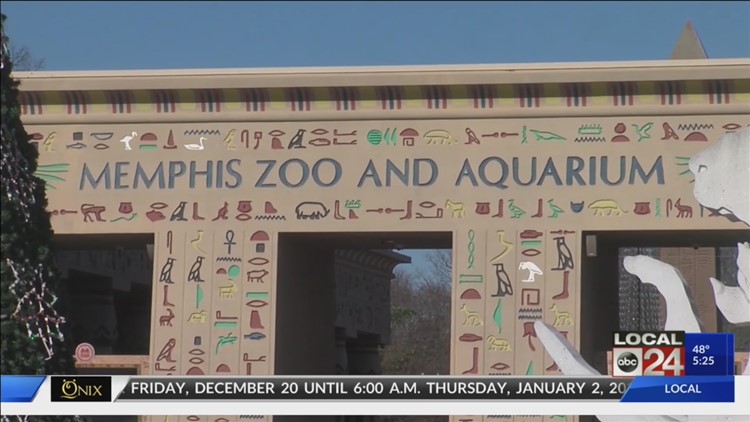MEMPHIS, Tenn — For Immediate Release
Memphis Zoo is making momentous strides to save the critically endangered dusky gopher frog.
In September, Memphis Zoo along with Dallas Zoo and Omaha’s Henry Doorly Zoo released 517 dusky gopher frogs into the Ward Bayou Wildlife Management Area near Ocean Springs, Mississippi.
This is the fourth and last release for 2020. The releases took place between June and September.
In total, 3,210 juvenile frogs and tadpoles were released. This number represents contributions from breeding programs at Memphis Zoo (2,434), Detroit Zoo (151), Omaha (246), and Dallas (379).
This year is particularly significant because it is the largest number released by far and because it was the first time any dusky gopher frogs bred naturally in captivity. Researchers had been using in vitro fertilization to breed the frogs.
The release program is going on its fourth year.
This project would not be possible without our partners at U.S. Fish & Wildlife Service, Mississippi Department of Parks and Wildlife, Army Corps of Engineers, The Nature Conservancy, and Detroit, Dallas, and Omaha zoos.
Memphis Zoo’s department of Conservation and Research has been working to breed dusky gopher frogs in captivity since 2005.
ABOUT DUSKY GOPHER FROGS
The dusky gopher frog is a mid-sized, stocky, frog. Its back is covered with dark spots and warts, and ranges from black to brown or gray in color. Typically found in southern Mississippi, these frogs prefer to be in stump holes or burrows. The male's call has been compared to the sound of human snoring.
ABOUT MEMPHIS ZOO CONSERVATION AND RESEARCH
Memphis Zoo scientists have contributed new knowledge and techniques to the field of conservation biology. Our breakthrough discoveries are the result of precise laboratory experimentation, applying the scientific method. All our work, no matter how esoteric it might appear, is conducted with an eye toward gaining an important insight or tool which we then put to work to protect animals.



